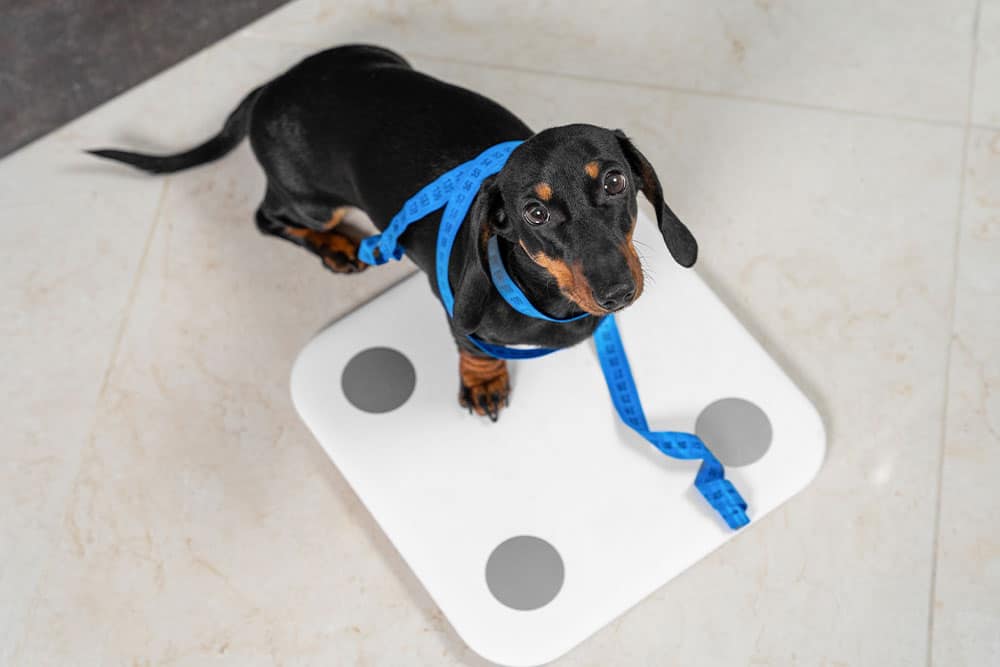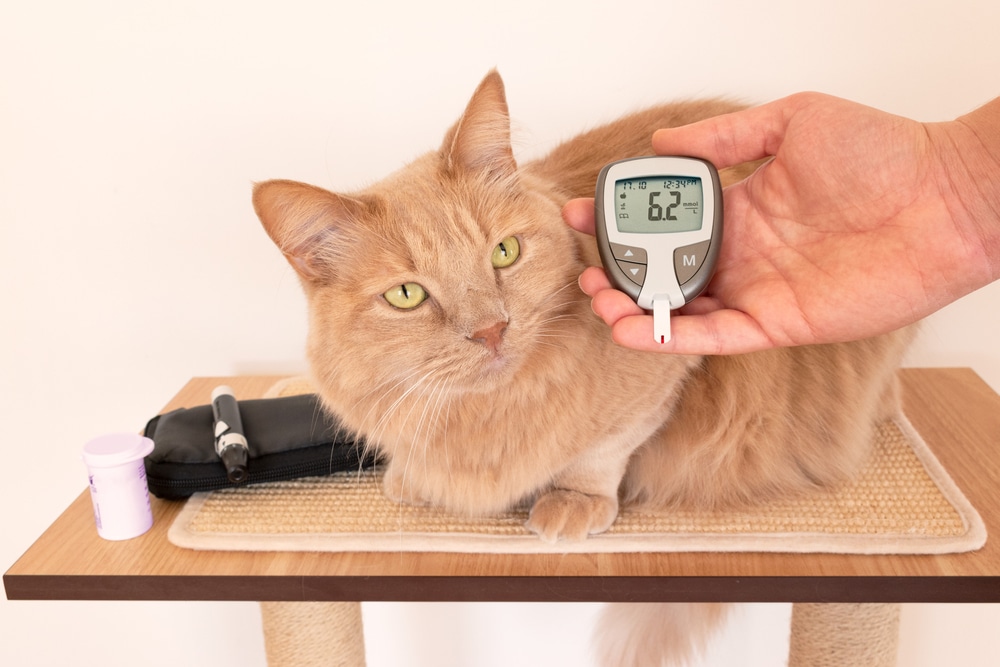Diabetic Emergencies in Pets: Signs, Treatment, and Prevention
Diabetes in pets is a serious but manageable condition—until it turns into an emergency. If your dog or cat has diabetes, recognizing the early warning signs of a crisis and knowing what to do could save your pet’s life.
A diabetic emergency occurs when blood sugar levels become dangerously high (hyperglycemia) or low (hypoglycemia), leading to severe complications. Left untreated, these conditions can result in seizures, coma, or even death.
Understanding the risks, symptoms, and appropriate responses to a diabetic emergency can make all the difference.
What Causes Diabetic Emergencies in Pets?
A diabetic emergency can occur for several reasons, including:
- Missed or incorrect insulin doses (too much or too little)
- Changes in diet or appetite
- Infections or illnesses that increase insulin resistance
- Strenuous exercise without proper glucose management
- Progression of diabetes or concurrent diseases
If you’re caring for a senior pet with diabetes, extra attention is needed to monitor blood sugar levels and watch for changes in behavior. Learn more about diabetic pet care from the American Veterinary Medical Association (AVMA).
Recognizing a Diabetic Emergency
1. Hypoglycemia (Dangerously Low Blood Sugar)
Hypoglycemia occurs when blood sugar drops too low, often due to:
- Too much insulin
- Missed meals or vomiting after an insulin injection
- Excessive exercise without food
Signs of Hypoglycemia in Pets:
- Weakness or disorientation
- Trembling, shaking, or muscle twitching
- Lethargy or confusion
- Seizures or loss of consciousness
What to Do:
- Apply a sugar source (such as honey or Karo syrup) to your pet’s gums.
- Do not force-feed your pet if they are unconscious (this could cause choking).
- Seek veterinary care immediately.
For additional guidance on managing diabetic emergencies, visit Vetsulin’s Diabetes Emergency Guide.
2. Diabetic Ketoacidosis (DKA) – A Life-Threatening Crisis
Diabetic Ketoacidosis (DKA) occurs when the body lacks enough insulin, forcing it to break down fat for energy. This process releases toxic ketones into the bloodstream, leading to a medical emergency.
Signs of DKA in Pets:
- Severe lethargy and weakness
- Excessive thirst and urination
- Vomiting and diarrhea
- Sweet, fruity-smelling breath
- Rapid breathing or panting
What to Do:
- Do not attempt to treat at home—DKA requires immediate veterinary care.
- Go to the nearest veterinary hospital for emergency stabilization.
- Your veterinarian will provide IV fluids, electrolytes, and insulin therapy to restore balance.
If your pet is showing these symptoms, this is an emergency. For more information on what qualifies as a pet emergency, visit the American Animal Hospital Association (AAHA).
Long-Term Management: Preventing Diabetic Crises
1. Monitor Blood Sugar Levels at Home
Regular blood glucose monitoring is essential to prevent highs and lows. A home glucose meter or continuous glucose monitor (CGM) can help you keep track of your pet’s levels.
To learn how to check your pet’s health at home, see Kinship’s DIY Dog Checkup Guide.
2. Stick to a Strict Feeding Schedule
- Feed meals consistently at the same time every day.
- Ensure your pet eats before insulin injections to prevent hypoglycemia.
- Avoid table scraps and unauthorized treats, which can spike blood sugar.
3. Watch for Early Warning Signs
Subtle changes in appetite, energy levels, or water intake can indicate a brewing problem. Early intervention is key to preventing a full-blown emergency.
To learn more about managing diabetes in pets, check out AAHA’s Diabetes Resource.
4. Regular Veterinary Checkups
Routine visits to your veterinarian help fine-tune insulin dosages and detect complications early. If you notice any changes in your pet’s health, contact your vet immediately.

When to Call the Vet
Seek emergency care immediately if your pet is experiencing:
- Seizures or loss of consciousness
- Rapid breathing or extreme weakness
- Persistent vomiting, diarrhea, or refusal to eat
- Severe lethargy or collapse
If you’re unsure whether your pet’s symptoms require urgent care, always err on the side of caution and contact your veterinarian.
For immediate veterinary assistance, reach out to Groves Veterinary Clinic:
Call us now or request an appointment: Groves Veterinary Clinic
Diabetes in pets requires diligent management, but with the right approach, diabetic pets can lead happy, healthy lives. By monitoring blood sugar levels, maintaining a consistent feeding and insulin routine, and acting quickly in emergencies, you can protect your pet from life-threatening complications.
At Groves Veterinary Clinic, we are dedicated to helping pet owners navigate diabetes care with personalized treatment plans, emergency support, and ongoing education. If you have concerns about your pet’s diabetes management, schedule a consultation with our team today.
Learn more about our services here: Groves Veterinary Clinic







